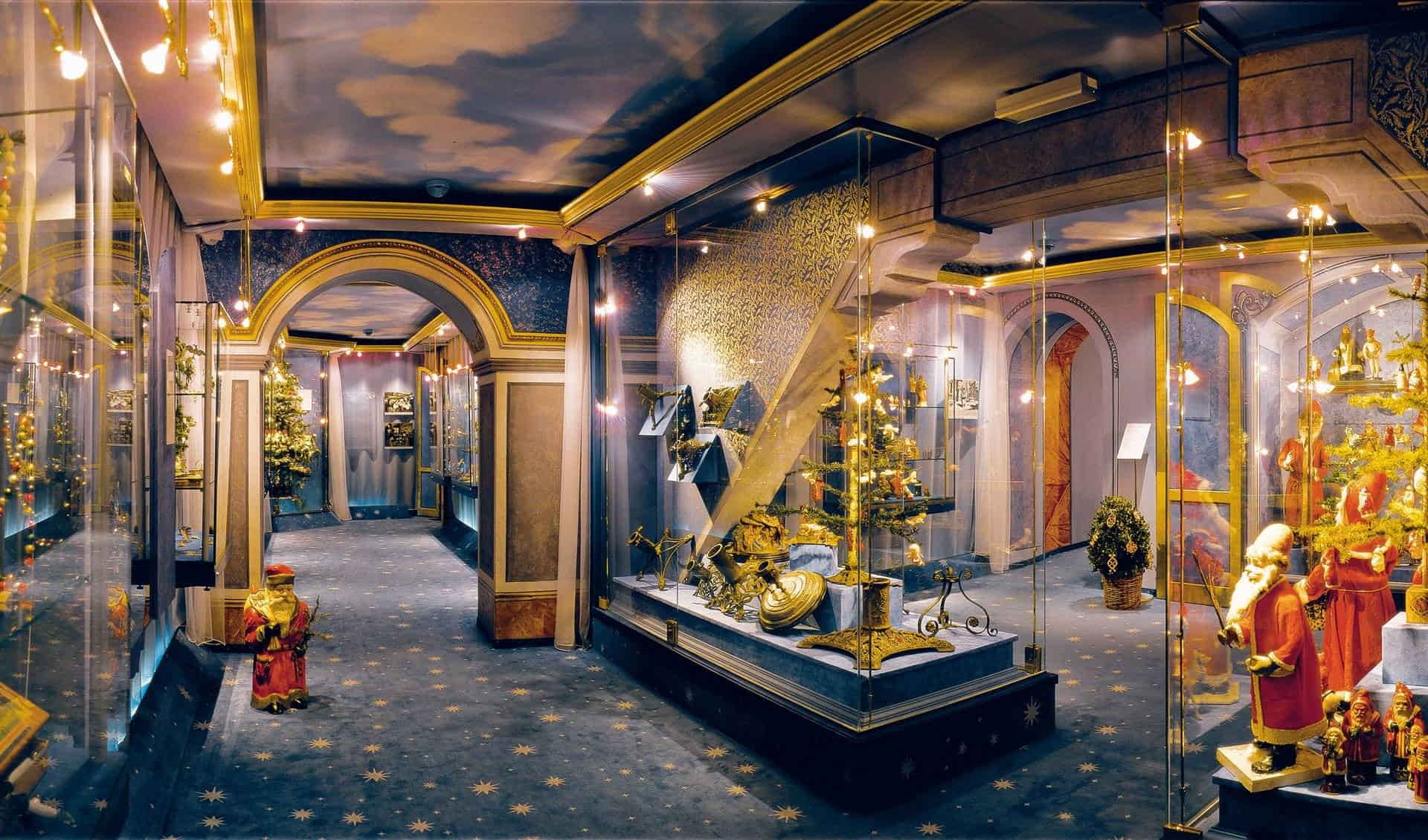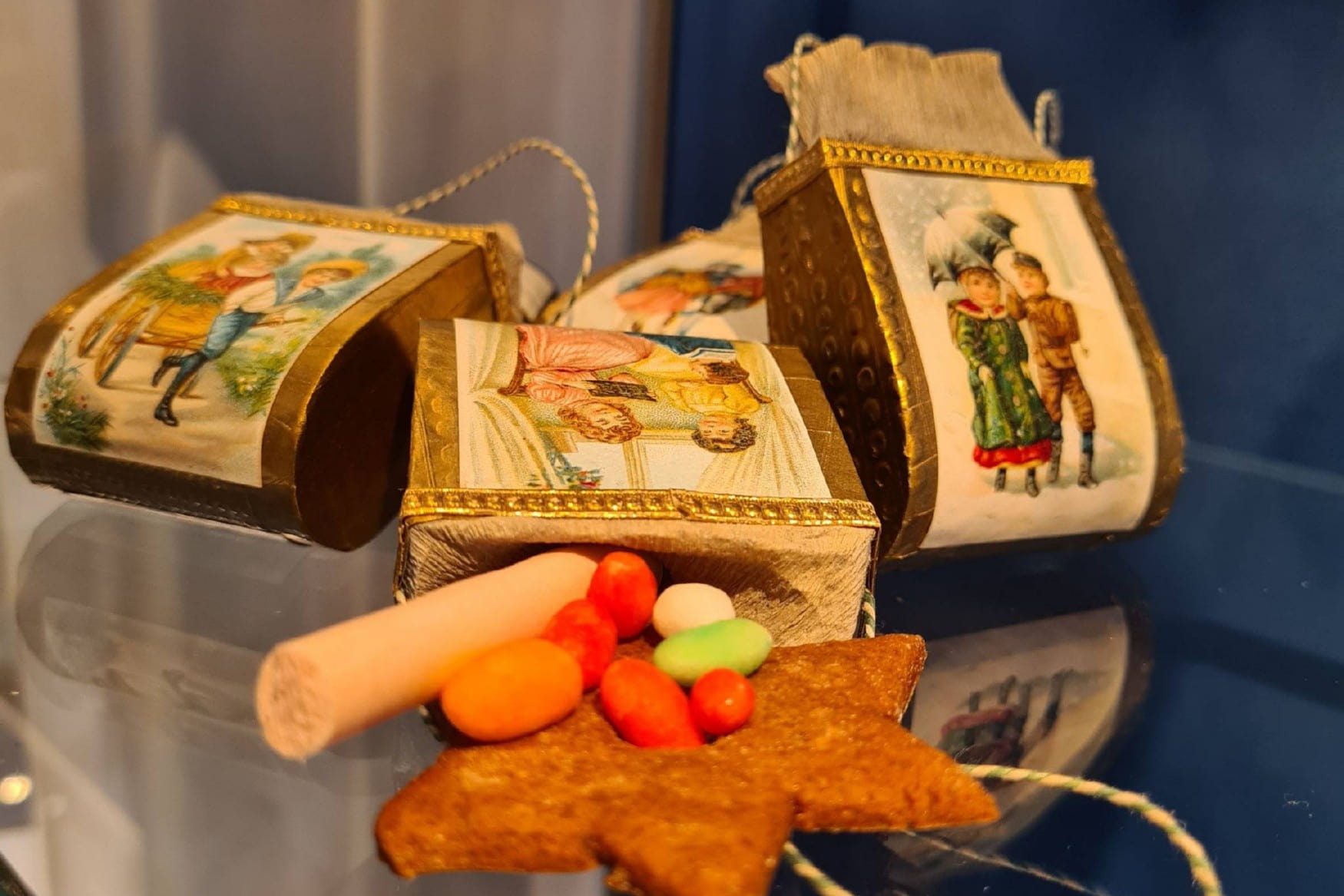Step into a world where Christmas never ends at the German Christmas Museum in Rothenburg ob der Tauber. This enchanting institution, founded by Käthe Wohlfahrt, offers visitors a magical journey through the evolution of German Christmas traditions. Located in the heart of medieval Rothenburg, the museum showcases a stunning collection of Christmas artifacts from 1870 to 1950.
With its year-round festive atmosphere, the German Christmas Museum invites families to explore the rich history of yuletide celebrations, from vintage ornaments to traditional figurines. This unique attraction promises to ignite the holiday spirit in visitors of all ages, making it a must-see destination for those seeking to immerse themselves in the wonder and nostalgia of Christmas past.
Highlights
- Extensive collection of historical Christmas decorations and artifacts
- Interactive displays showcasing the evolution of German Christmas traditions
- Year-round festive atmosphere in the picturesque town of Rothenburg ob der Tauber
Contents
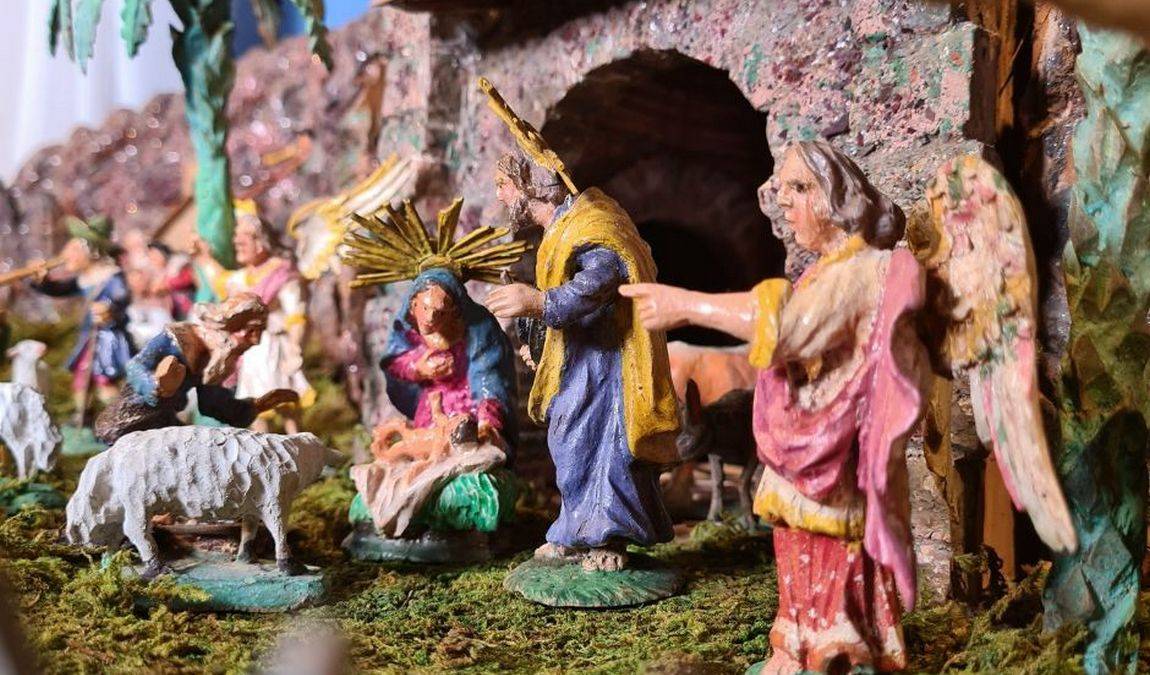 Photo: facebook.com/weihnachtsmuseum
Photo: facebook.com/weihnachtsmuseum
Here is Why Your Kids Will Find it Interesting
German Christmas Museum is worth visiting with kids because it offers a captivating journey through time, bringing the magic of Christmas to life every day of the year. The colorful displays of vintage ornaments, intricate nutcrackers, and whimsical Christmas figures will particularly enchant children aged 5-12.
The museum's interactive elements allow young visitors to explore the history of Christmas traditions hands-on, sparking their imagination and curiosity. From towering Christmas trees to miniature nativity scenes, the museum's diverse exhibits keep children engaged and excited throughout their visit.
Family-friendly features
- Interactive displays allow children to learn about Christmas traditions hands-on
- Seasonal workshops where families can create their own Christmas crafts
- Kid-friendly guided tours tailored to engage young visitors
The History and Vision Behind the Museum
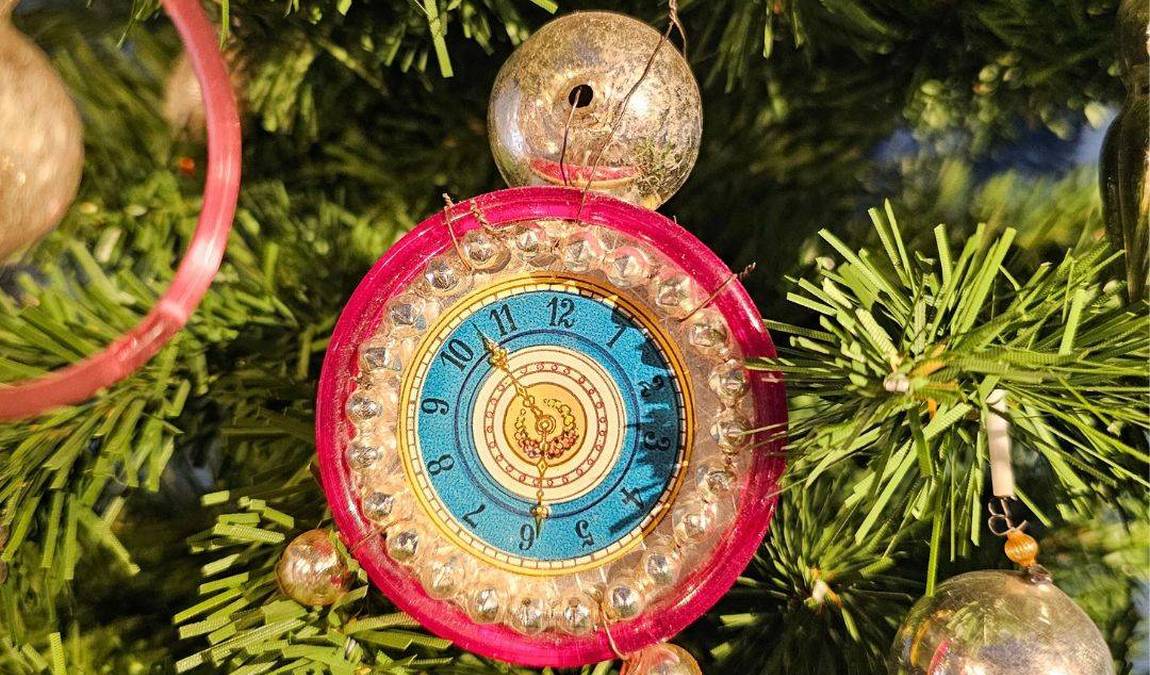 Photo: facebook.com/weihnachtsmuseum
Photo: facebook.com/weihnachtsmuseum
Käthe Wohlfahrt founded the German Christmas Museum, a name synonymous with Christmas in Germany. The museum officially opened its doors on September 29, 2000, realizing a long-held dream of Harald Wohlfahrt, Käthe Wohlfahrt's son. Harald's vision was inspired by his desire to preserve and showcase the rich history of German Christmas traditions.
Harald's journey began in 1991 when he purchased a 1.25-meter-tall Santa Claus figure, which became the first piece in his private collection. This acquisition served as a daily reminder of his goal to create a museum dedicated to Christmas. With professional support, the museum concept took shape in 1998 despite challenges posed by extensive renovations required in the historical building.
The museum's creation was a natural extension of the Wohlfahrt family's expertise in Christmas decorations. Their world-famous Christmas store, which opened in Rothenburg ob der Tauber in 1981, had already established them as authorities in the field. Harald's vision went beyond retail, aiming to document and preserve the historical development of Christmas celebrations and decorations.
RothenburgMuseum (Imperial City Museum) is just 300 metres from this museum Visit it with kids too.
Exploring the Museum's Exhibits
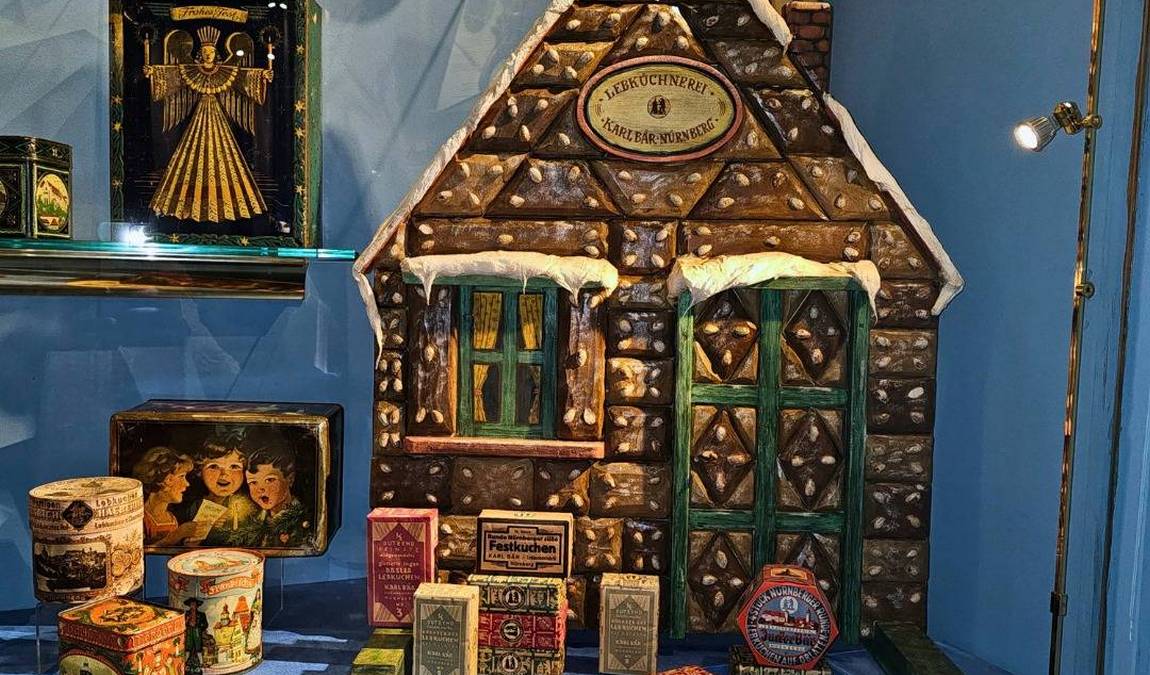 Photo: facebook.com/weihnachtsmuseum
Photo: facebook.com/weihnachtsmuseum
The German Christmas Museum boasts a permanent exhibition covering 250 square meters, focusing on Christmas artifacts from 1870 to 1950. Visitors can explore various unique and rare items that showcase the evolution of Christmas decorations and traditions.
The museum's exhibits are thoughtfully arranged to overview German Christmas history comprehensively. Concise information in multiple languages allows for self-guided tours, while guided tours are also available for those seeking a more in-depth experience.
Key exhibits include:
- Historical Christmas tree decorations
- Vintage Santa Claus figures
- Traditional German Christmas characters
- Rare Advent calendars and wreaths
- Antique tree stands and lighting
Christmas Tree Decorations Through the Ages
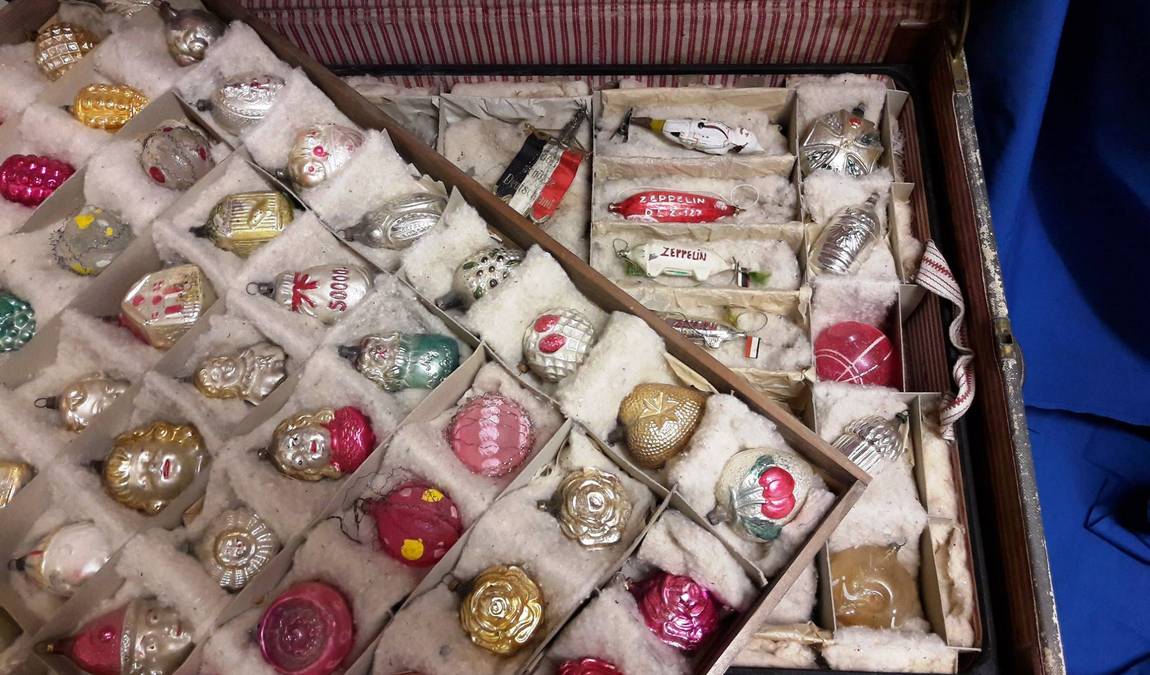 Photo: facebook.com/weihnachtsmuseum
Photo: facebook.com/weihnachtsmuseum
One of the museum's most fascinating sections explores the evolution of Christmas tree decorations. Visitors can marvel at the progression from simple, handmade ornaments to more elaborate designs:
- Glass ornaments: Delicate baubles in various shapes and colors
- Cotton wool decorations: Charming figurines and snowflakes
- Paper ornaments: Intricate cut-outs and printed designs
- Pewter decorations: Shimmering, durable ornaments
- Feather trees: An early alternative to real Christmas trees
The exhibit also showcases how tree decorating styles changed, reflecting societal shifts and technological advancements.
Traditional German Christmas Figures
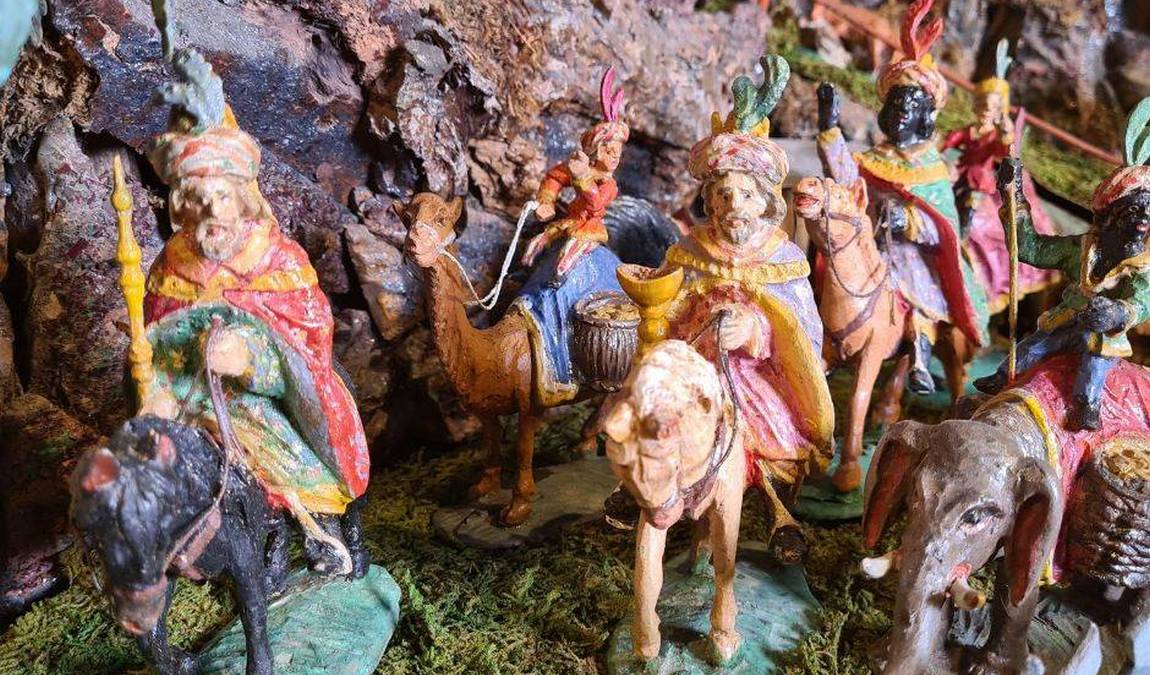 Photo: facebook.com/weihnachtsmuseum
Photo: facebook.com/weihnachtsmuseum
The Museum offers visitors a fascinating journey through the evolution of beloved holiday characters. At the heart of this exhibit are the iconic gift-bringers and their companions, each playing a unique role in German Christmas traditions. Saint Nicholas, often portrayed in his distinctive bishop's robes, is the original gift-giver, embodying generosity and kindness.
The Christkind, or Christ Child, appears as a radiant, golden-haired angel figure, particularly cherished in certain regions of Germany. The jolly Santa Claus emerged as traditions evolved, bringing a more modern interpretation of the Christmas spirit. Alongside these benevolent figures, the museum also showcases the more enigmatic characters of Knecht Ruprecht and Krampus, Santa's helpers who sometimes take on a more ominous appearance.
This comprehensive display allows visitors to trace the transformation of these festive figures through different eras and regions of Germany, offering a rich tapestry of cultural history. The exhibit beautifully illustrates how these characters have been reimagined and depicted over time, reflecting changing societal values and regional variations in Christmas celebrations.
Erzgebirge Region Christmas Crafts
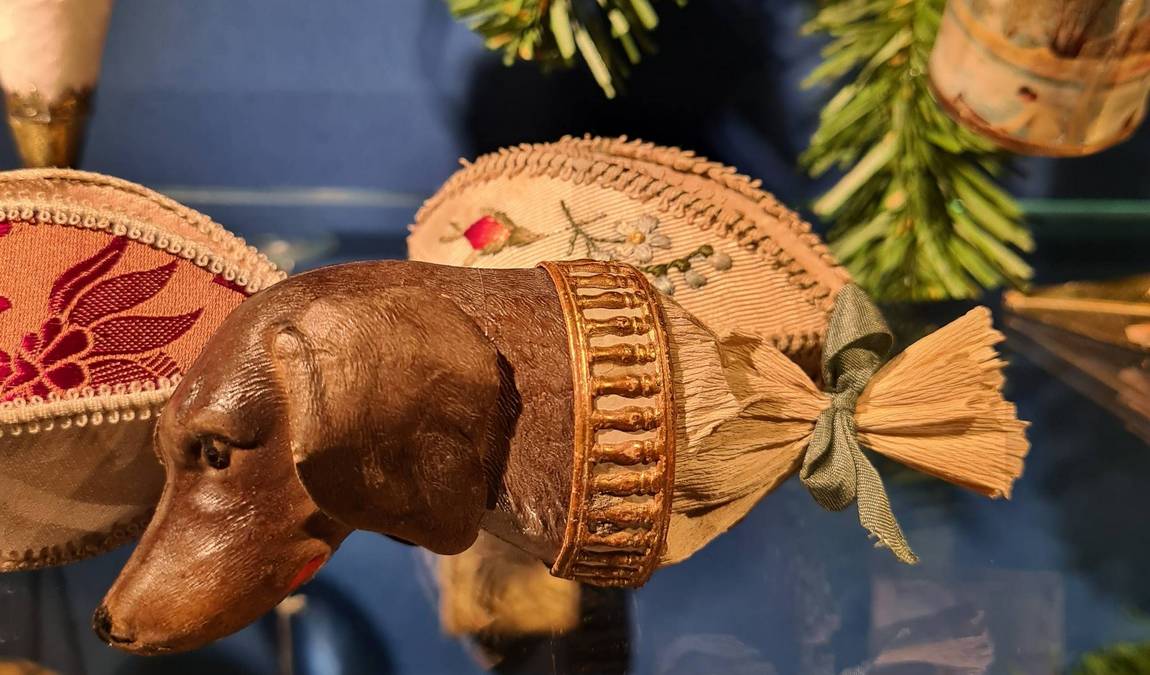 Photo: facebook.com/weihnachtsmuseum
Photo: facebook.com/weihnachtsmuseum
The German Christmas Museum proudly showcases a remarkable collection of crafts from the Erzgebirge (Ore Mountains) region, renowned for its rich Christmas traditions. This captivating exhibit highlights the exceptional skill and artistry of Erzgebirge craftsmen, offering visitors a glimpse into the heart of German yuletide culture.
Among the treasures on display are intricately carved and painted wooden figurines, each a miniature masterpiece telling its own festive story. The exhibit also features the iconic Christmas pyramids and multi-tiered carousels that come to life with the gentle heat of candles, creating a mesmerizing display of light and motion. No Erzgebirge collection would be complete without an impressive array of nutcrackers, those beloved symbols of Christmas that range from traditional designs to whimsical interpretations.
The charming smoking men, or Räuchermännchen, cleverly crafted incense burners shaped like various characters add a touch of whimsy and fragrance to the display. These delightful creations not only please the eye but also fill the air with the scent of Christmas.
These exhibits offer a comprehensive look at the Erzgebirge's significant contribution to German Christmas traditions, showcasing the region's unparalleled craftsmanship and enduring festive spirit.
Highlights of the Collection
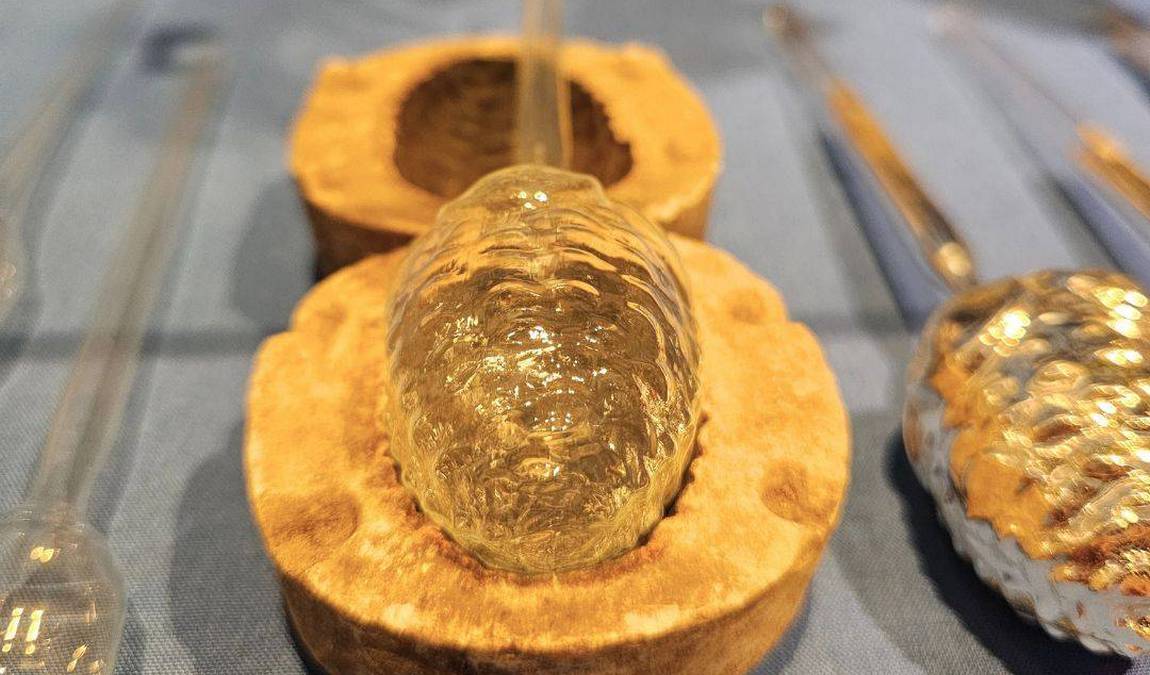 Photo: facebook.com/weihnachtsmuseum
Photo: facebook.com/weihnachtsmuseum
The German Christmas Museum boasts several standout exhibits that captivate visitors:
- 5,000-piece Austrian Christmas tree ornament collection: A breathtaking display of ornaments showcasing the diversity and artistry of Christmas decorations.
- Extensive nutcracker display: Featuring many beloved figurines, from traditional designs to more whimsical interpretations.
- Vintage Christmas postcards: A charming collection that offers a glimpse into how people shared holiday greetings in the past.
- Antique tree stands: An often-overlooked aspect of Christmas history, these stands demonstrate the evolution of tree display methods.
- Advent calendars through the ages: From simple paper designs to elaborate wooden creations, this exhibit traces the development of this popular Christmas countdown tradition.
Best Time to Visit
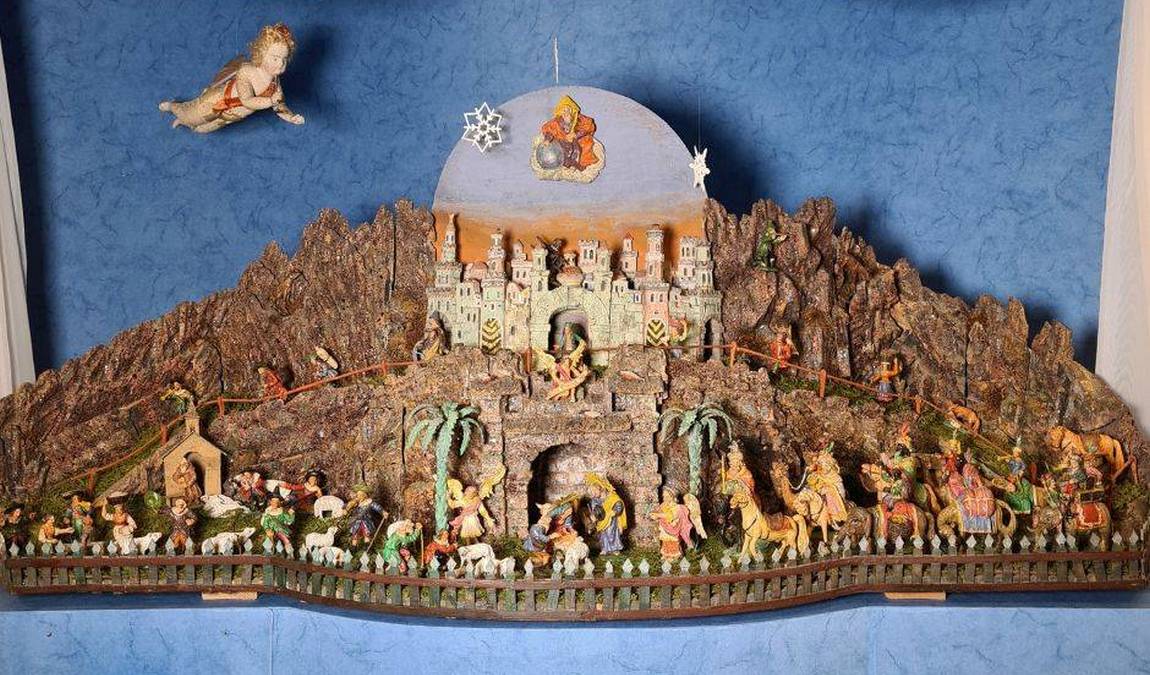 Photo: facebook.com/weihnachtsmuseum
Photo: facebook.com/weihnachtsmuseum
The German Christmas Museum is a year-round attraction, but visiting during the holiday (late November to early January) offers an extra magical atmosphere. Weekday mornings are less crowded, making it ideal for families with children. The museum is enchanting in the early afternoon when the natural light enhances the displays.
Recommended Duration: Plan a 1.5 to 2-hour visit to appreciate the exhibits and participate fully in any available activities.
Our Resume
The German Christmas Museum offers a unique and enchanting experience for visitors of all ages. Its comprehensive collection of Christmas artifacts, interactive displays, and year-round festive atmosphere make it a must-visit destination for families exploring German culture and traditions. The museum not only preserves the rich history of Christmas celebrations but also ignites the imagination and wonder of its visitors, creating lasting memories of holiday magic.


